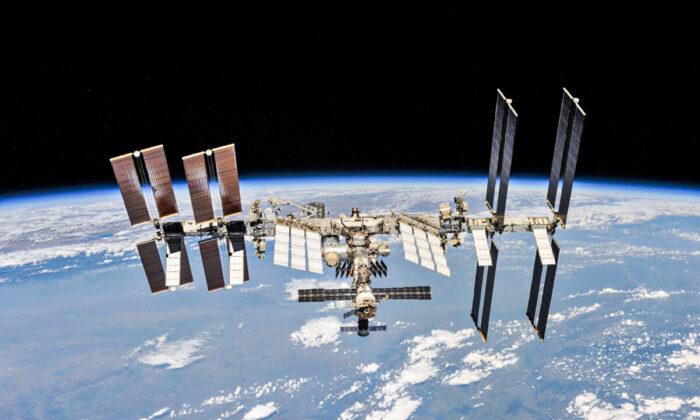NASA announced on Tuesday that it intends to cancel the development of its GeoCarb mission, which was proposed to be a low-cost satellite aimed at monitoring greenhouse gas emissions.
The latest life cycle cost estimate for GeoCarb was put at over $600 million, which is more than three times the original estimate of $170.9 million when the project was selected.
The delay and rising costs would have a “detrimental impact” on the space agency’s earth science portfolio, including a two-year delay of the Earth System Observatory. In addition, newer options to measure greenhouse has emissions are emerging that were not present when GeoCarb was under consideration, the agency stated.
For instance, NASA launched the Earth Surface Mineral Dust Source Investigation instrument to the International Space Station in July, which is capable of measuring methane.
Due to these considerations, the space agency decided to cancel GeoCarb. NASA will collaborate with the principal investigator team at the University of Oklahoma to plan an orderly closeout of the project.
“Decisions like this are difficult, but NASA is dedicated to making careful choices with the resources provided by the people of the United States,” Thomas Zurbuchen, the associate administrator for science at NASA Headquarters in Washington, said in the announcement.
Alternatives, Budgets, and CO2 Reality
NASA plans to prioritize a greenhouse gas mission as part of its first Earth System Explorers mission. It also expects to obtain data from commercial and international partners.The Earth System Observatory is scheduled to launch by the end of this decade and will provide a holistic 3D view of earth, which is supposed to help better understand the changes on the planet. NASA already has two dedicated satellites that are monitoring carbon dioxide.
For fiscal year 2021, NASA had a budget of $25.2 billion, a 12 percent increase from the previous year. For fiscal year 2022, the agency received $24 billion, roughly $800 million less than the president’s budget request of $24.8 billion.
Before the Industrial Revolution, the CO2 level in the air was probably about 280 to 300 parts per million (ppm), but right now, it’s at about 420 ppm, Wrightstone said, so it increased by 140 ppm.
“That flies in the face of this idea that carbon dioxide is driving temperature increases,” Wrightstone said. During the cold periods in history, the carbon dioxide level was “relatively flat,” he pointed out.
More CO2 leads to higher soil moisture, thus helping to reduce fires around the world, he said. There were many more fires during the 1920s and 1930s than there are today, he added.





